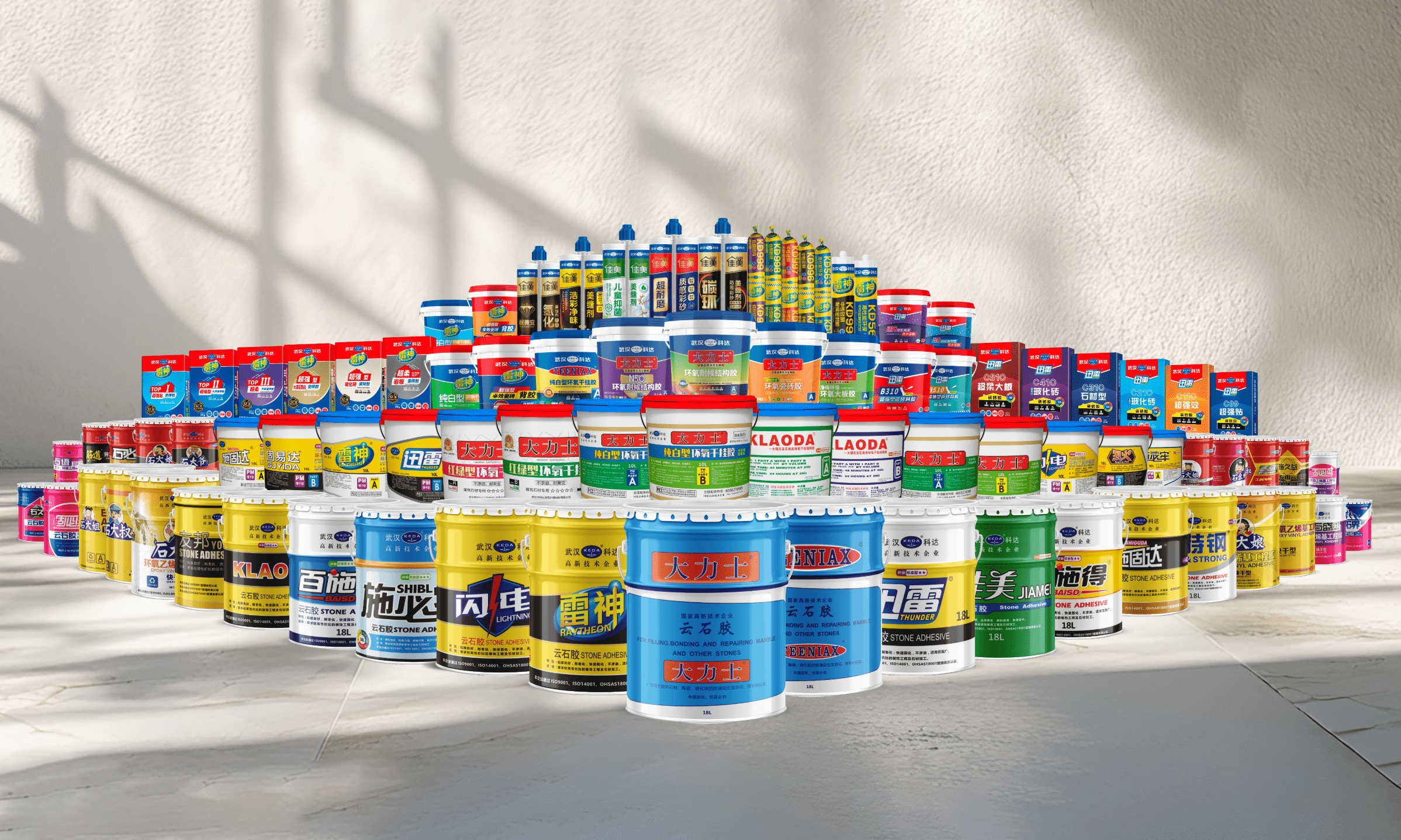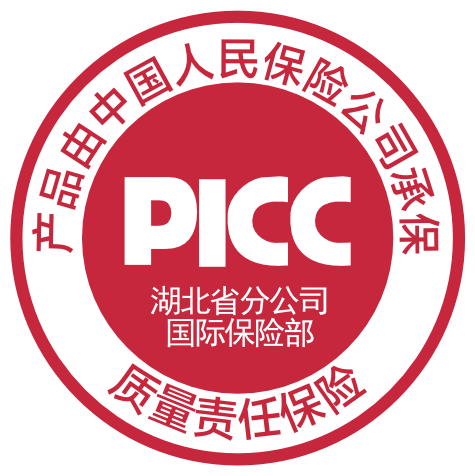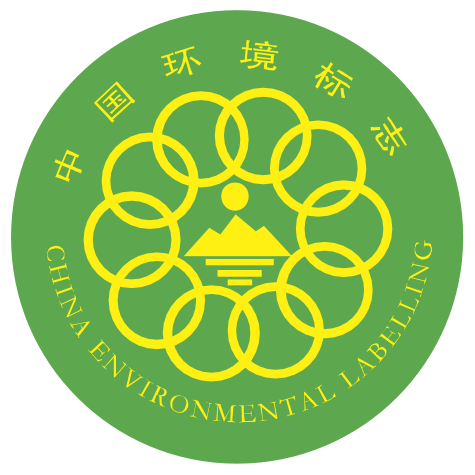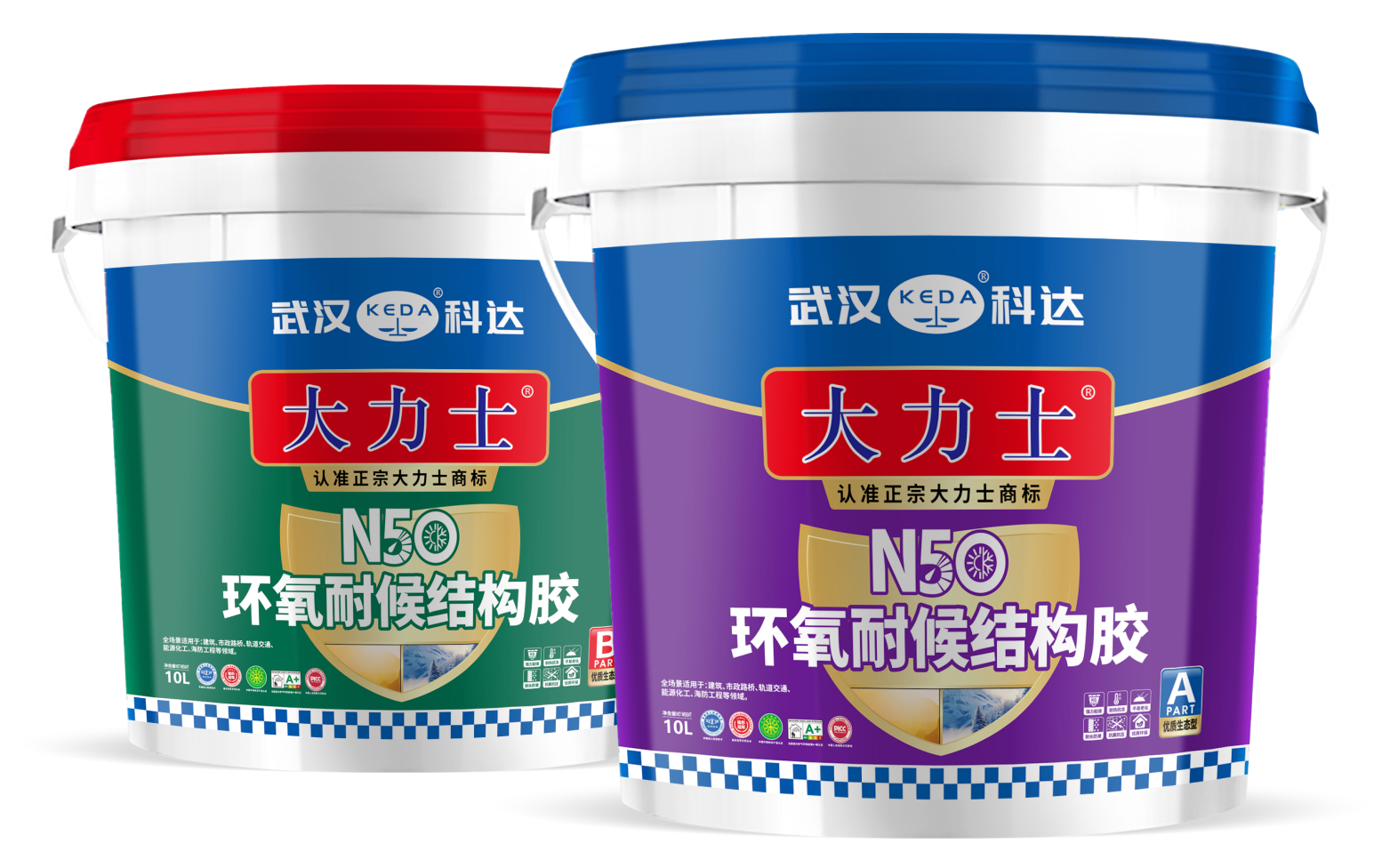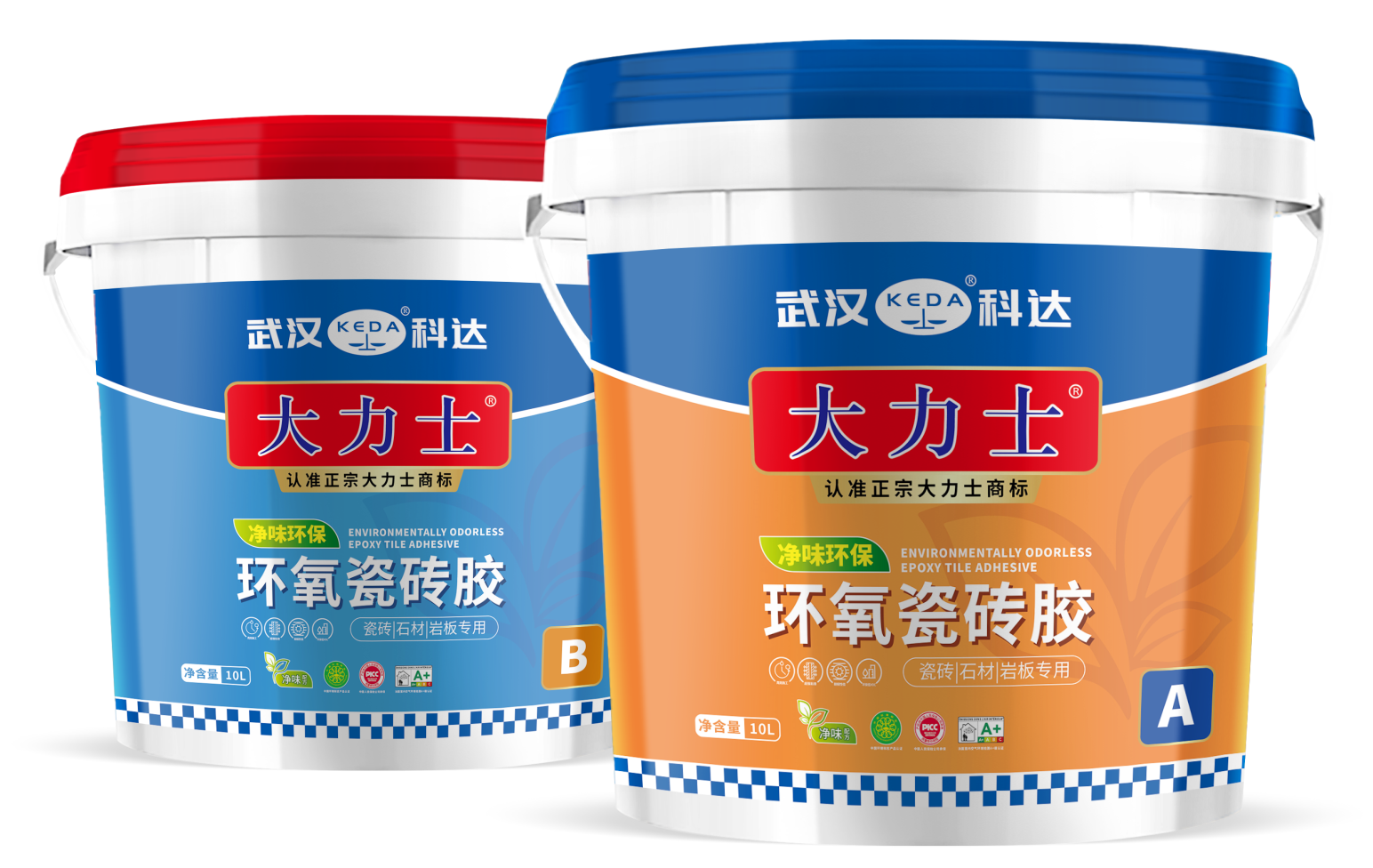

Raytheon Excellent Dry Hanging Adhesive
-
Main features
-
- Super Bonding
- Stable quality
- Excellent weather resistance
- colloid delicate
- good reconciliation
-
Product Certification
-
-
-
Product Specifications
-
- 1L
- 5L
- 10L
-
Executive standards
-
- Industry Standard: JC 887-2001 "dry hanging stone curtain wall with epoxy adhesive"
- Environmental Protection standard: GB 18583-2008 "limit of harmful substances in adhesives for interior decoration materials"
- Enterprise Standard: Q/WKD 001-2022 Stone Dry Hanging Adhesive
Product overview
This product it is carefully developed and fully marketed by Wuhan Keda Yunshi Care Material Co., Ltd. Excellent type dry hanging glue. It is suitable for stone, ceramic, artificial stone back plate bonding; color yellowish curing completely corrosion-free, safereliable, can be assured to use
Product characteristics
|
Physical Properties:
|
Smooth and delicate, easy to reconcile, light color, good thixotropy
|
Mechanical properties:
|
Super bonding, good toughness
|
|
Weather resistance:
|
Excellent water resistance, chemical resistance, excellent weather resistance
|
Environmental safety:
|
Pass the limit test of harmful substances in adhesives for interior decoration materials (GB 18583-2008) and pass the certification.
|
|
Construction performance:
|
Normal temperature surface drying time is moderate, fully cured up to the use of strength, easy to operate
|
||
Scope of application
1. stone paste dry hanging; Old wall without digging re-paste renovation; Timber home tools permanent bonding
2. suitable for stone, wood, steel, iron, copper, aluminum, stainless steel, concrete, cement prefabricated parts, clay brick, glass fiber reinforced plastic, artificial stone and other different materials of mutual bonding
3. Bonding of reinforced concrete building structures. Bonding steel reinforcement, joint filling, repair, sealing, etc.
Construction operation
1 clean the surface to be bonded to make it dust-free, oil-free, rust-free and water-free, and ensure that the surface to be bonded has sufficient strength and certain roughness.
2, will A, B components by mass ratio1:1 mix, turn over and stir until completely uniform
3 glue with scraper or other special tools
Precautions
1. the pasting base surface shall be firm and solid, without floating ash and open water., when there is release agent on the concrete base surface, it should be treated in advance., derusting treatment shall be done when there is rust on the metal base surface.; if the pasting surface is too smooth, rough treatment must be made.
2. A, B two-component should be by weight ratio1:1 mix and adjust the glue first, bonding construction
3. the paste area per square meter of the plate should not be less104cm ², with a thickness of not less than 3mm
4. initial curing stage of dry hanging adhesive, cannot carry heavy load
5. the construction temperature is lower5℃, can be heated in the adhesive area, but not higher65℃
6. when welding installation is required during construction, the welding spot shall be away from the adhesive paste.3cm above
7. it is forbidden to adjust glue on the bonding surface., otherwise, it will affect the bonding effect.
FAQ
-
Q
The gel of the dry-hanging adhesive is either too dry or too thin
-
A
Our factory's products feature both easy stirring and no sagging. We specially have corresponding No. 1, No. 2 and No. 3 formulas for different temperature ranges to prevent the colloid from being too dry or too thin. Formula 1 can be used at 25℃ and above, Formula 2 at 15℃ to 25℃, and Formula 3 at 5℃ to 15℃. The above formula only makes minor adjustments to the feel of the product and does not affect the quality.
Solution: Selecting the appropriate formula based on the suitable temperature can effectively prevent the situation where the colloid is too thin, causing sagging, or too dry, making it difficult to stir. In addition, if there are difficulties in stirring during the construction process, they can be solved by appropriately heating.
-
Q
Construction Specifications for Dry-hung Adhesive
-
A
1. Surface treatment: Before construction, ensure that the adhesive is well bonded to the stone and metal hangers. The bonding area must be thoroughly cleaned, free of floating dust, dirt and loose materials, and kept dry and clean. Oil stains and rust on the metal hangers must be removed, and the bonding surface must be roughened.
2. Take Component A and Component B in a mass ratio of 1:1, stir thoroughly and evenly, then apply the adhesive to the surface to be bonded. Pay attention to ensuring uniform color mixing without obvious color differences. At the same time, when applying the adhesive, make sure it is fully injected without bubbles or gaps, and then the construction can proceed.
3. Bonded parts that have exceeded the operational time must not be moved until their strength is restored; otherwise, the bonding process will be disrupted and further reactions will occur. If movement is necessary, the adhesive must be re-adjusted for bonding.
Suggestion: Regular dry-hanging adhesive should be operated in accordance with the above construction specifications to ensure the construction quality. However, due to the small color difference between the two components of pure white glue, it is difficult to determine whether it is mixed evenly by color. Therefore, the mixing time should be appropriately extended and the number of stirring times should be increased to ensure thorough mixing. For users who are encountering dry-hanging adhesive construction for the first time, it is not recommended to use pure white adhesive. It is suggested to use red and green adhesives of the same grade because it is easier to judge the mixing of the adhesive through color changes, thereby improving the construction effect.
-
Q
Our factory's dry-hanging adhesive complies with the standards
-
A
The AB type epoxy dry-hanging structural adhesive produced by our factory strictly complies with the JC 887-2001 standard "Epoxy Adhesive for Dry-hanging Stone Curtain Walls" in terms of performance. In addition, the VOC content in the colloid fully complies with the GB 18583-2008 standard "Limit of Hazardous Substances in Adhesives for Interior Decoration and Renovation Materials", and has successfully passed the ten-ring certification and the French A+ test, ensuring the environmental protection and safety of the product.
Suggestion: In addition to following the above standards, Keda has also formulated stricter enterprise standards, some of which are higher than the industry standards. Keda has always regarded quality as its top priority and is committed to making customers feel more at ease and confident when using its products!
-
Q
After construction, the colloid has been unable to cure, becoming soft, lacking strength or having very low strength
-
A
Most likely, it is because the mixing ratio of the glue was not carried out in accordance with the standard mass ratio of one to one. Generally speaking, if any component of the dry-hanging glue is in excess, it will cause the above-mentioned problems of the glue.
Solution: Please strictly follow the dry-hanging adhesive construction specifications: Ensure that the two components are strictly mixed in a mass ratio of 1:1 during construction. Excessive use by either party may lead to serious consequences. Therefore, safety must always be given top priority during the construction process.
-
Q
The curing condition of the rubber block is good and it has high strength, but it has fallen off as a whole
-
A
It might be due to the fact that the bonding surface was not roughened during construction. Or if the dust and oil stains are not cleaned, or if the surface is wet or damp, or if the back of the tiles, the wall surface or the stone surface has been treated for protection, all these situations will affect the adhesion effect of the colloid to the interface and may lead to this phenomenon.
Solution: Please strictly follow the dry-hanging adhesive construction specifications: Ensure that the base surface is clean, free of dust, dirt and loose materials, and remains dry. The oil stains and rust on the metal pendants must be thoroughly removed. Meanwhile, the bonding surface should have a certain degree of roughness to enhance adhesion. For the base surface that has undergone protective treatment, the protective layer at the bonding area must be ground off before continuing the construction.
-
Q
Unused colloid shows oil seepage (single-component)
-
A
Improper conditions such as high temperatures during transportation and storage can cause some resin to precipitate within the colloid. Slight oil seepage on the surface is a normal phenomenon and does not affect the performance of the dry-hanging adhesive. It can be used normally.
Solution: Storing dry-hung adhesive in a cool and well-ventilated place can effectively prevent this situation. If this situation occurs, it can be used normally or stirred by yourself until there is no obvious oil leakage before use.
-
Q
The used colloid shows signs of oil seepage
-
A
The dry-hanging adhesive may not have been mixed evenly. At this time, the oil in the unmixed components will seep out. Such a situation will lead to poor mechanical properties of the adhesive and poor bonding effect, resulting in losses in the later stage.
Solution: Please strictly follow the dry-hanging adhesive construction specifications: Thoroughly stir until the color is uniform and consistent with no obvious color difference before proceeding with the construction. If uneven stirring occurs, it is recommended to scrape off the unmixed colloid and stir again until it is uniform before proceeding with the construction to avoid possible losses in the future.
Related Products



WeChat Channels


TikTok




